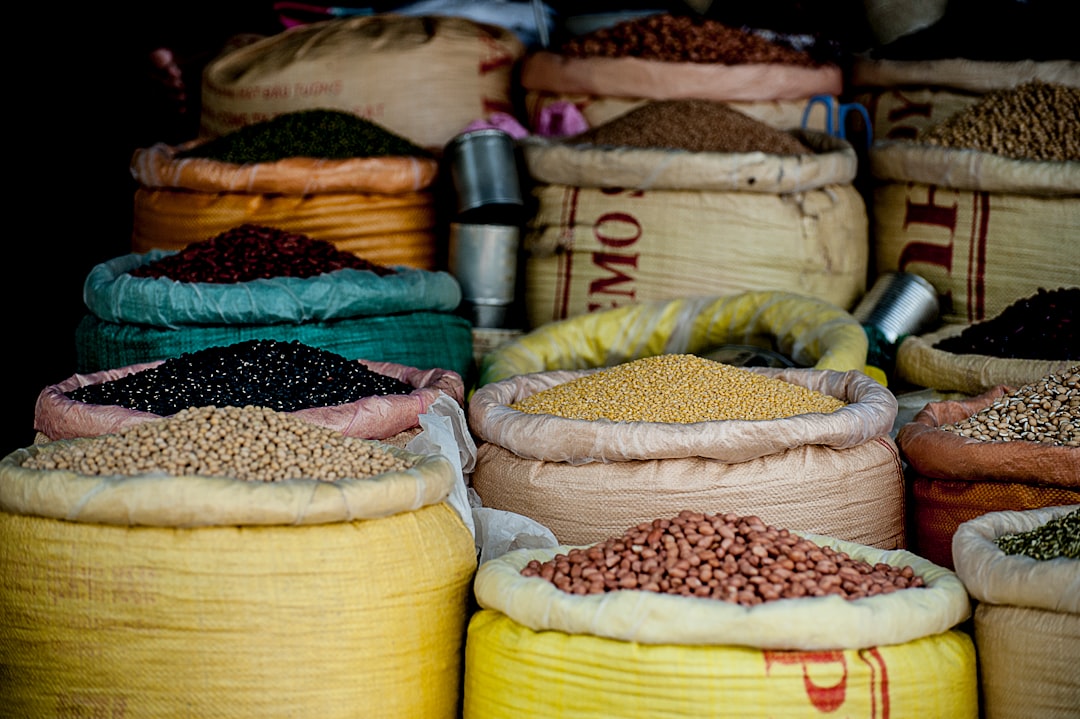In an era marked by climate change, geopolitical tensions, and fluctuating economic landscapes, the resilience of global food systems has never been more crucial. Building food resilience means not only preparing for unexpected disruptions but also creating a sustainable framework that ensures every person has access to nutritious food. In this blog post, we explore the strategies, innovations, and collaborations needed to safeguard global food access in a rapidly changing world.
Understanding the Challenges
Climate Change and Extreme Weather
The increasing frequency and severity of weather events—from droughts and floods to heatwaves and unseasonable freezes—pose significant threats to crop yields and agricultural infrastructure. These disruptions not only reduce food production but also destabilize supply chains that many depend on for daily nourishment.
Geopolitical and Economic Instability
Regional conflicts, trade disputes, and economic downturns can rapidly destabilize local and international food markets. When borders close or tariffs rise, the flow of food gets interrupted, often leaving vulnerable populations in short supply of essential staples.
Supply Chain Vulnerabilities
Modern food supply chains are complex networks that span the globe. A disruption in one part of the chain, whether due to natural disasters, pandemics, or technological failures, can have a domino effect—resulting in scarcity, price spikes, and increased hunger risks.
Strategies for Building Food Resilience
Diversified and Sustainable Agricultural Practices
Building a resilient food system begins at the farm level. Embracing diversified and sustainable agricultural practices can help buffer against shocks and secure long-term productivity:
-
Crop Diversification: Planting a variety of crops minimizes the risk of total failure when a specific disease or weather pattern affects one type of produce. This diversity also enriches soil health and enhances ecosystem services.
-
Regenerative Agriculture: Practices such as cover cropping, conservation tillage, and organic amendments not only boost yields but also restore soil vitality and carbon sequestration, creating a healthier environment in which plants can thrive.
-
Precision and Smart Farming: Utilizing sensor technology, drones, and data analytics allows farmers to optimize inputs, reduce waste, and adapt quickly to changing environmental conditions. These technologies improve crop monitoring and enable proactive decision-making.
Strengthening Local Food Systems
Local food systems are often less complex than global supply chains and can be more easily managed during crises:
-
Urban and Community Farming: Initiatives like community gardens, rooftop farms, and vertical farming offer urban populations direct access to fresh produce. These systems reduce dependence on long-distance transportation and bolster local food security.
-
Cooperatives and Local Marketplaces: Strengthening networks among smallholder farmers, local distributors, and consumers can build a more integrated and resilient marketplace. Cooperatives empower farmers by providing shared resources, better market access, and a collective bargaining advantage.
-
Food Hubs: Local food hubs aggregate produce from various small-scale farms and distribute it directly to consumers, restaurants, and institutions. This model not only minimizes food waste but also cuts down on transportation emissions and costs.
Investing in Infrastructure and Technology
Robust infrastructure and cutting-edge technology play pivotal roles in securing food access on a global scale:
-
Cold Chain Logistics: Enhancing storage and transportation infrastructure, particularly refrigeration and temperature-controlled environments, is critical for preventing spoilage of perishable goods. Investments in these areas ensure that food reaches consumers in safe and consumable conditions.
-
Digital Connectivity: The integration of digital platforms in agriculture—from online marketplaces for farm products to blockchain for supply chain transparency—builds trust and efficiency. These tools also enable real-time data sharing that can help predict and respond to disruptions.
-
Renewable Energy Solutions: Sustainable power sources such as solar, wind, and biogas are instrumental in running modern agricultural and food processing facilities. Renewable energy reduces operational costs and minimizes the environmental footprint of food production, contributing to long-term resilience.
Policy, Collaboration, and Global Partnerships
Government policies and international cooperation are essential in weaving together the scattered strands of food production into a unified, resilient tapestry:
-
Supportive Agricultural Policies: Subsidies, tax incentives, and research grants can encourage farmers to adopt sustainable practices and innovative technologies. Governments that invest in agricultural education and extension services help build a knowledgeable and adaptive farming community.
-
International Collaboration: Food resilience is a global issue requiring shared solutions. Initiatives coordinated by multilateral organizations (e.g., FAO, WHO) and global partnerships can help distribute resources, technology, and expertise where they’re needed most.
-
Crisis Preparedness and Early Warning Systems: Establishing monitoring and rapid response frameworks can help predict disruptions, manage food stocks effectively, and prevent localized shortages from escalating into broader crises.
Empowering Consumers
Consumers hold significant influence over food systems through their purchasing decisions and advocacy efforts:
-
Education and Awareness: Educating consumers about the importance of sustainable food practices, seasonal eating, and supporting local producers can drive demand for more resilient products.
-
Community Engagement: Encouraging community-supported agriculture (CSA) programs fosters a direct link between consumers and local farmers, ensuring that the risks and rewards of food production are shared collectively.
-
Advocacy for Fair Trade: Promoting policies and practices that ensure fair compensation for farmers—both small-scale and industrial—can contribute to a more equitable global food system.
Conclusion: A Unified Path Toward Resilience
Building food resilience in a changing world is a multifaceted challenge that requires a comprehensive, integrated approach. The strategies highlighted—from adopting sustainable agricultural practices and reinforcing local food networks to investing in technology and strengthening policy frameworks—offer a roadmap toward a more secure and equitable global food system.
As climate patterns continue to shift, economies fluctuate, and geopolitical landscapes evolve, our collective ability to innovate and collaborate will determine our success in ensuring that everyone, everywhere, has access to nutritious, sustainable food. By embracing resilience as a guiding principle, we can forge a future where global food systems are not only robust enough to endure shocks but are also dynamic enough to thrive amidst change.

Comments
No comments yet. Be the first to comment!
You must be logged in to comment. Login